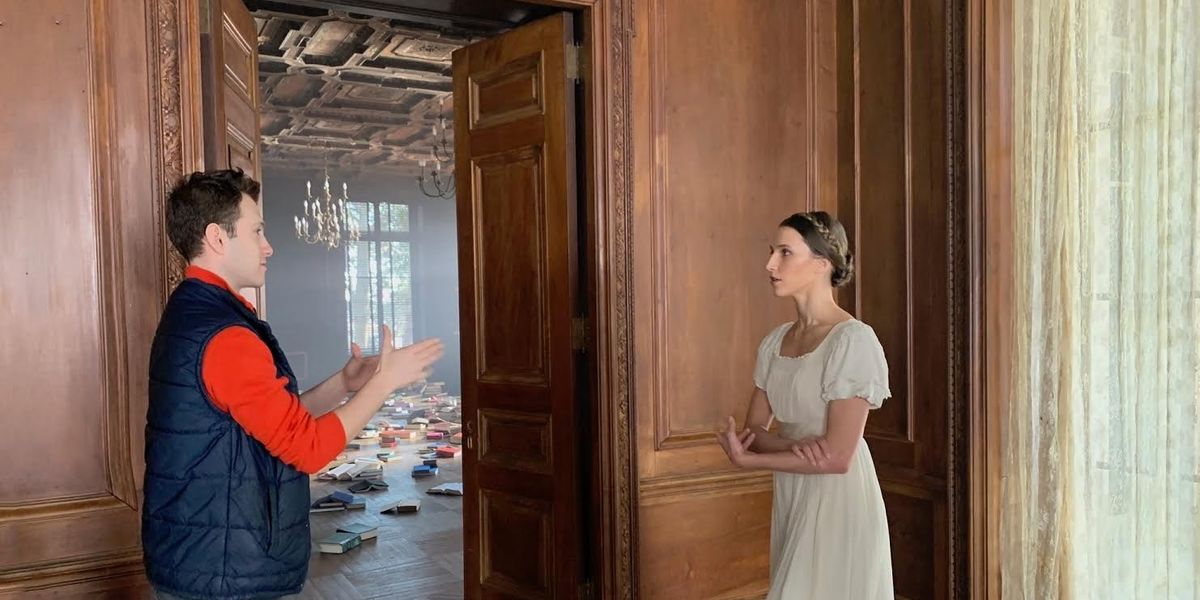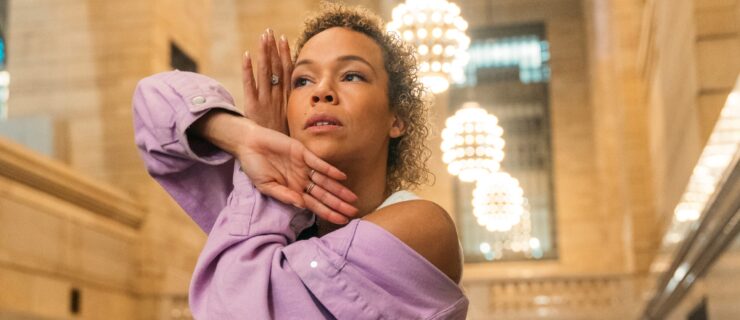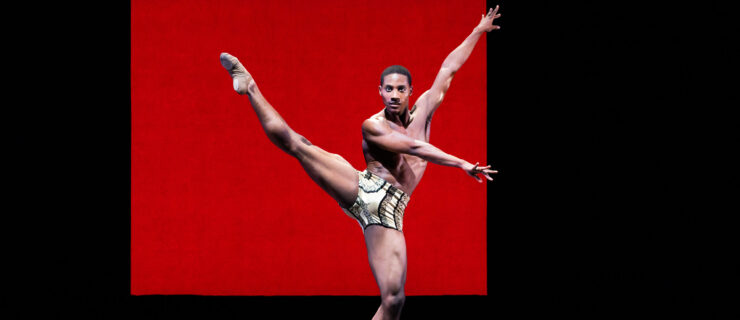Here's How to Make Great Dance Films from Home
For months, the vast majority of the dance we’ve seen has taken place on a screen. All of a sudden, even dancers who’ve never been interested in film work are experimenting with the form. Dance on camera will likely be part of our new normal throughout the pandemic and beyond.
Though most concert dancers are trained to perform for the stage, creating for the screen requires a totally different approach—one that can feel overwhelming at first. We asked three dance filmmaking pros for the tips beginners need to get started.
Make a Plan
Alissa Cardone, associate professor of dance at Boston Conservatory at Berklee, encourages her students to start by storyboarding their projects. A storyboard is a graphic organizer that consists of photos, concepts and ideas. “Break it down to smaller parts,” says Cardone. “Have it drawn out so that you can have a plan.”
From there, make a shot list—and make it specific, says Ezra Hurwitz, a dancer-turned-filmmaker who’s created campaigns for companies like American Ballet Theatre, Netflix and Apple. A shot list organizes each take with instructions for the entire frame, outlining elements like location, time and angle. “Anything you can do to keep your plan on track and remain efficient will help,” he says, since being in the moment on set can cause you to forget or miss important details you originally wanted to capture.
Create Your Set
If you’re filming at home by yourself, you may need to get creative with your angles. No need to buy expensive equipment—items already in your home can do the trick. “Use duct tape to tape your phone to the wall for a wide shot,” says Hurwitz. “Tape it to the ceiling for an overhead shot, or use books to keep the phone still anywhere in your home.” Explore your space with a creative mindset—stairs, closets and doorways can be ripe opportunities for site-specific movement.
Be aware of the time of day you’re shooting, as different types of lighting can create different moods. Also be intentional about the space surrounding you. “Move trash cans, tables and other objects that could be distracting,” says Hurwitz. “Make your space clean.”
Cut Carefully
Editing can feel like the most daunting part of this process to a beginner, and indeed, dancers new to film often make the mistake of neglecting transitions in the editing process, or not syncing music precisely.
Another common mistake: Getting so emotionally attached to the work that you can’t cut out the parts you don’t need. Less material can often speak larger volumes, and stepping back to see the full picture makes for a more dynamic film. “You should edit your work, step away from it, and come back so that you have a fresh perspective and are able to enjoy it,” says Hope Boykin, a choreographer and former Alvin Ailey American Dance Theater company member who has been creating dance films throughout the pandemic. There’s also power in having a friend you trust review your film to offer advice from an outside view.
Dance on camera opens up possibilities we can’t typically achieve in a traditional theater setting—from intimate close-up shots to slow-motion effects to aerial views. Rather than treating dance on film as a substitute or supplement to the stage, embrace it as an opportunity to go beyond what the stage can offer.





